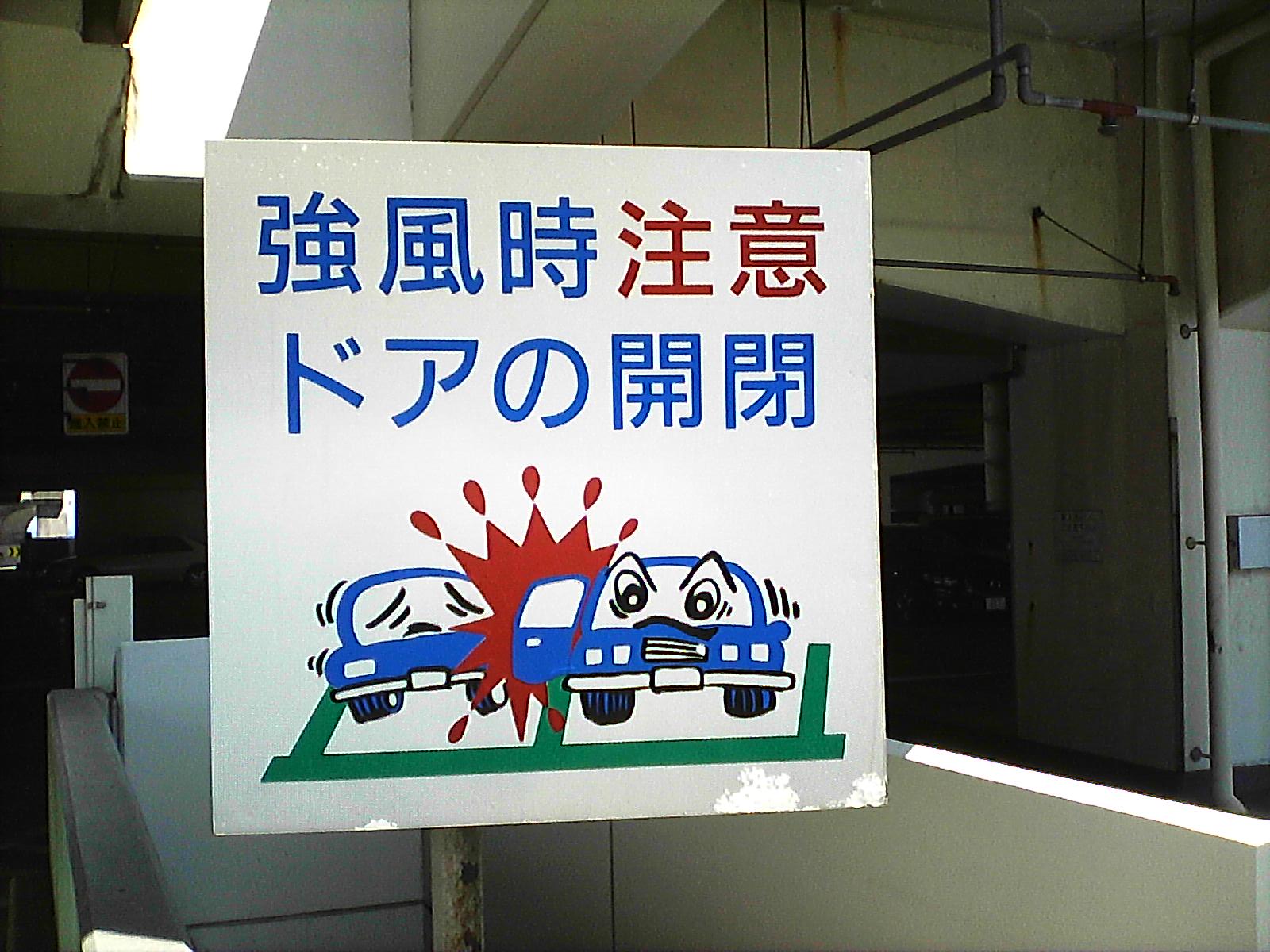Opposites attract: plus and minus, yin and yang, Mars and Venus, Lennon and McCartney. In English it sometimes happens that such opposites are combined in one expression. Just remember that bitter-sweet romance about the love-hate relationship you once saw on your grandparent's black-and-white TV set. Compared with English, such types of bonds are far more frequent in Japanese and much easier to form. No hyphen, no "and" — all you need is two kanji characters with the opposite meaning, and that's it.
One relatively straightforward example is the compound jōge (上下). It is composed of the characters for up (上) and down (下) and means just that. When something keeps rising and falling, such as stock prices or your weight before and after Christmas, it's jōge shiteiru (上下している, going up and down). These two kanji frequently combine with other terms into longer compounds. Probably best-known is the expression jōge kankei (上下関係), which refers to hierarchical relationships. The water and sewerage system is called jōge suidō (上下水道), and the two legislative chambers of the Japanese Diet — another system that is just as clean as it is dirty — are summarized as jōge ryōin (上下両院), the upper and the lower house.
Jōge-sen (上下線) are the train lines that take you in and out of the city (no matter if it's on a hill or a plain). Somewhat confusing in this respect is the term tōgekō (登下校), a phrase referring to the way children get to and from school. Only in this one case, for reasons best known to itself, the "down" character (下) betrays its common partner and appears with the character 登, though it's almost equally antonymic — it means "climb up."



















With your current subscription plan you can comment on stories. However, before writing your first comment, please create a display name in the Profile section of your subscriber account page.